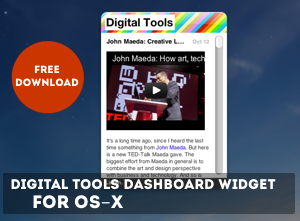The research study VisualID incorporated automatic generated icons as a visual assistance for browsing files. The basic idea is, that people can recognize shapes more easily than filenames. At the first sight this approach might seem arbitrary and confusing, but if you work in a workspace, you might get a relationship to the symbols.

The FAQ says:
“A major principle underlying this work is that, while ‘meaningful’ icons would be ideal, people actually have little trouble learning to recognize arbitrary icons and their relationship to content. Learning and recognizing somewhat arbitrary appearance and associated information is something that is often done instantly and effortlessly in the real world, and learning icon appearance does not appear to be an exception to this phenomenon.”







